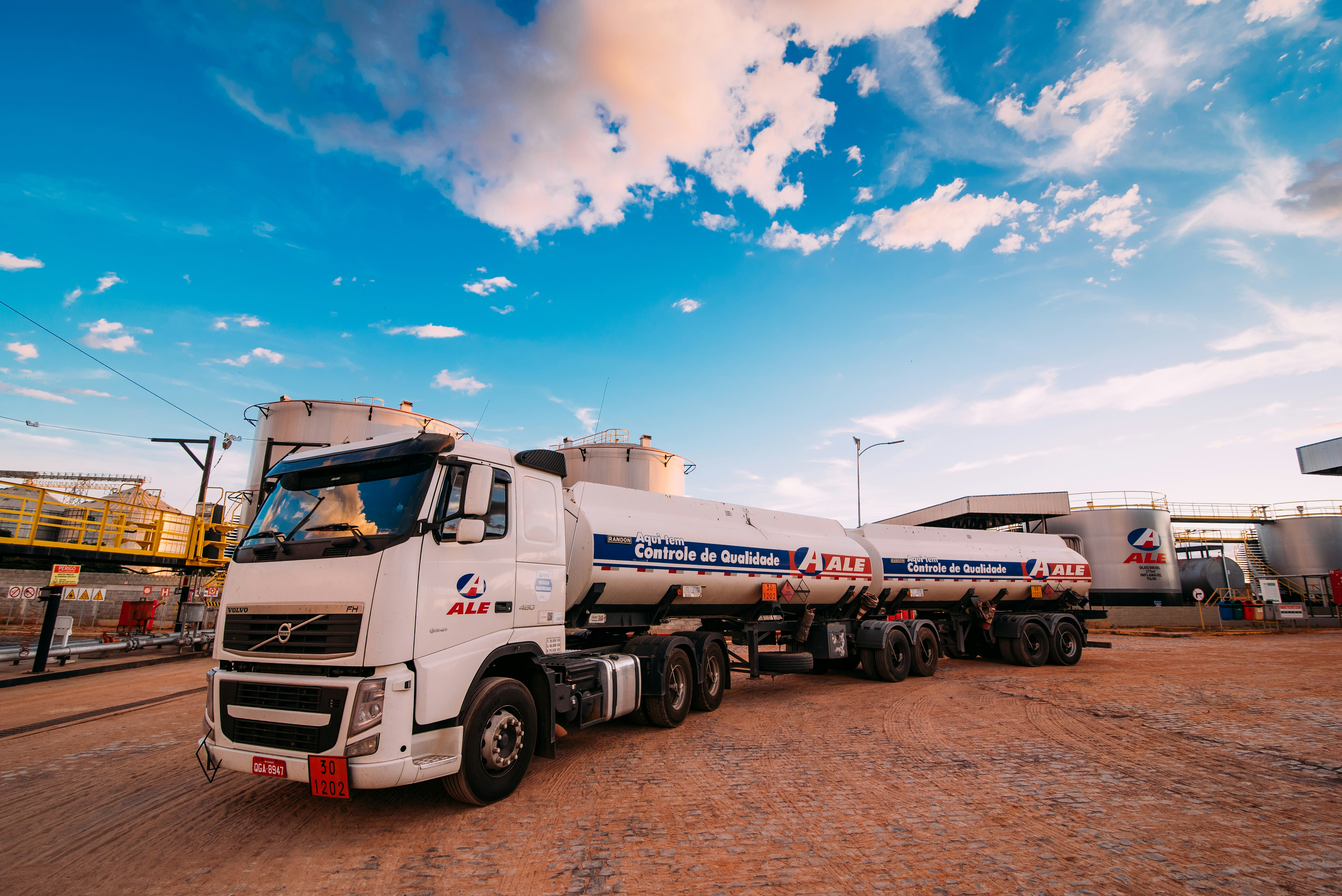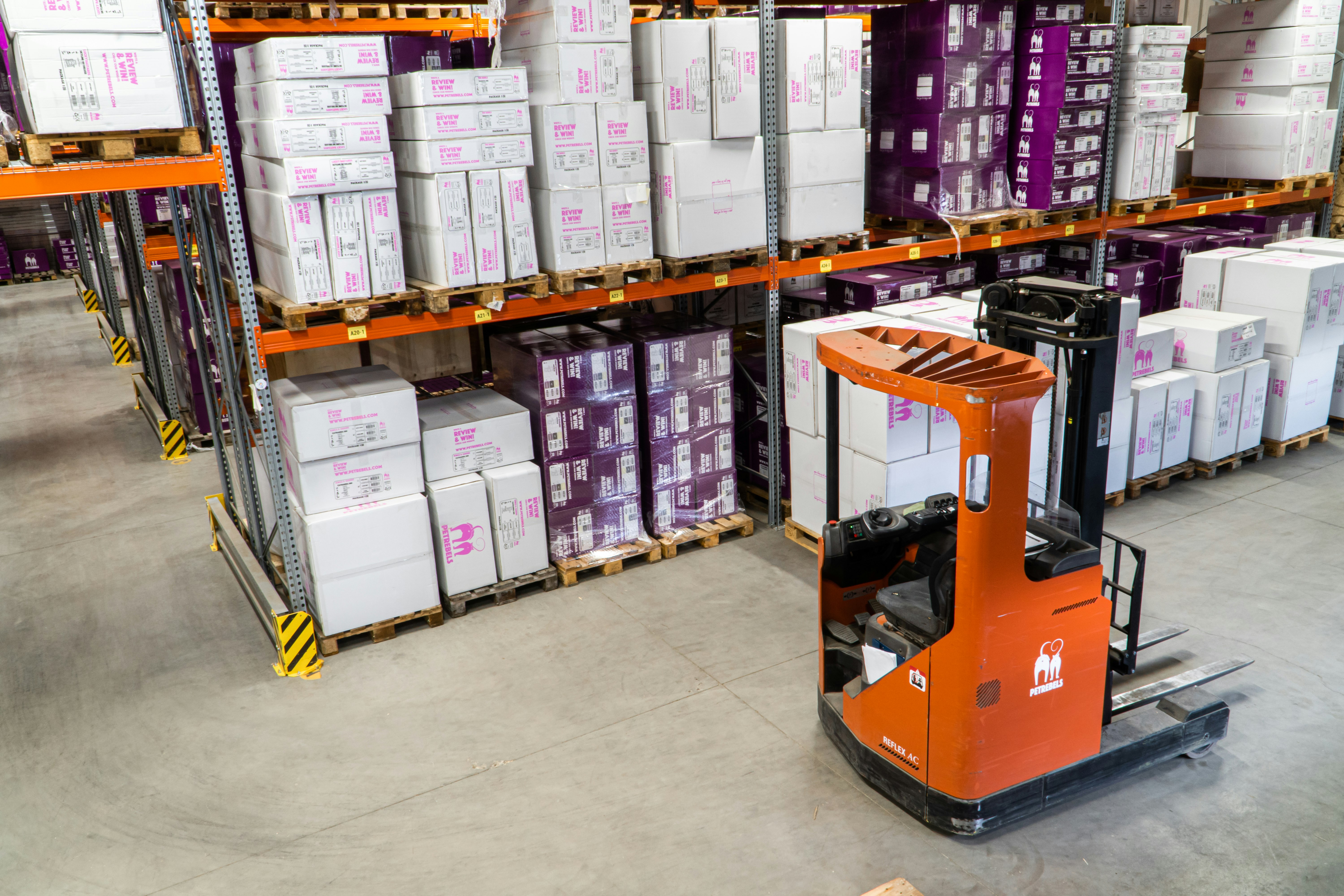1. Efficient Transportation
Transportation is the core part of supply chain logistics. However, this is often the most challenging part that can make or break if not carefully planned. The goal of any business is to ensure that the products reach their intended destination in a timely and cost-effective manner. This can be achieved through various ways, such as consolidating shipments from multiple suppliers and transporters. With this, businesses can minimize the empty miles travelled by trucks, thereby reducing fuel consumption and emissions.
2. Integration of Technology
Technologies such as IoT sensors, blockchain, and artificial intelligence have shown the potential to improve supply chain logistics efficiency significantly. With IoT sensors, supply chain and logistics firms can track the location and conditions of the cargo in real-time. This enables businesses to take preventive measures and ensure timely delivery. On the other hand, blockchain technology can be used to ensure transparency and accountability in the supply chain by creating immutable records of every transaction. Lastly, artificial intelligence (AI) can be used to optimize routes and schedules, thus reducing delays and costs.
3. Effective Inventory Management
Like transportation, managing inventory is an essential part of supply chain logistics. Without proper inventory management, a business can face losses caused by overstocking, understocking, and increased operational costs. However, these issues can be avoided by adopting a demand-driven approach to inventory management. This entails forecasting demand and aligning and adjusting production and inventory levels accordingly. Businesses can also use automation technologies like RFID and barcodes to streamline inventory management and improve accuracy.
4. Collaborative Partnerships
Collaboration is an essential aspect of supply chain logistics. Businesses must collaborate with suppliers, transporters, and other stakeholders to optimize efficiency. Sharing information and working together allows businesses to reduce lead times, improve quality, and reduce costs. Collaborative partnerships can also help businesses anticipate and respond to changes in demand and supply, reducing disruptions' impact.
5. Continuous Improvement
Any business must always stay ahead of the competition. This can be realized through continuous improvement, an essential aspect of supply chain management. Businesses must strive to identify areas that need to be tweaked, improved and strategies that can be used to implement changes to enhance efficiency and reduce costs. One way to achieve this is by regularly measuring and analyzing key performance indicators such as transportation costs, inventory levels, and lead times. Businesses can identify inefficiencies and opportunities for improvement and implement changes accordingly by monitoring these metrics.
Conclusion
In conclusion, optimizing efficiency by streamlining supply chain logistics is essential for businesses to remain competitive in today's global market. Therefore, businesses must find ways of staying ahead of the curve by adopting a demand-driven approach to inventory management. Furthermore, with technological advances, integrating technologies like IoT, AI, and cloud computing can enhance efficiency. Additionally, businesses should form collaborative partnerships and strive for continuous improvement to reduce operational costs, improve customer satisfaction, and maximize profits. Generally, with the right strategy and proper policy implementation, businesses can achieve a streamlined and efficient supply chain logistics process.




















